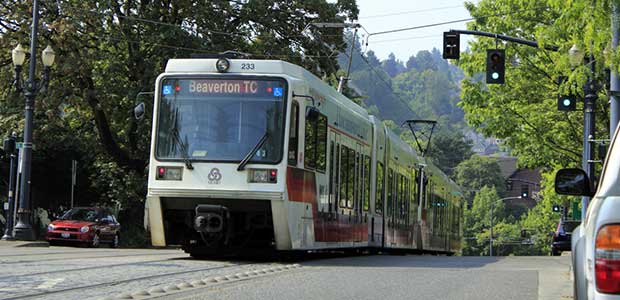
What Will the Future of Sustainable Cities Look Like
As more people move into urban areas and environmental issues become more pressing, cities will have to rethink their systems and their environmental impacts.
- By Jenna Tsui
- Aug 12, 2020
As more people move into urban areas and environmental issues become more pressing, cities will have to rethink their systems and their environmental impacts. Many cities around the world have already begun to adopt more eco-friendly practices, and some trends are starting to emerge. The sustainable cities of the future will build on these, taking today's environmental practices a step further.
It is difficult to overstate the importance of green urban areas. According to the UN, 68 percent of the population could live in cities by 2050, adding another 2.5 billion people to these areas. In the face of this rising urbanization, cities that do not emphasize sustainability could present a substantial threat to the environment.
Sustainable cities in the future could turn out to look nothing like today's. Given current trends and developments, though, here is what they could likely involve.
Zero-Emissions Transportation
Transportation contributes more to carbon emissions than any other sector, generating almost two metric tons of greenhouse gasses in 2018. In response, green cities will make emissions-free transport a priority. Lowering emissions is already a focus today, but in the future, this could extend towards eliminating them entirely.
Copenhagen, Denmark, reorganized its road system to prioritize and encourage bicycle traffic. Now, 62 percent of their residents ride their bikes every day, and only 9 percent drive daily. This shift has helped them transition into favoring zero-emissions traffic before electric vehicles have become standard.
As vehicle technology improves, cities will put more effort into supporting emission-less motor vehicles. This shift will start with public transport, like the upcoming All Aboard Florida project, which will introduce a passenger train system, discouraging driving. Then, through enticements like subsidies, cities will encourage private eco-friendly cars.
Increased Biodiversity
As cities continue to grow, habitat destruction becomes a more pressing issue. Sustainable urban areas will start emphasizing the importance of maintaining wildlife within city limits. Cities in the future will literally go green, featuring more plant and animal life in urban centers.
Toronto, Canada, is a shining example of this trend today, requiring green roof developments as the city expands. Munich, Germany, has taken another approach, letting sheep graze in public parks, making them more natural environments. These steps help retain biodiversity, which produces several more benefits.
Preserving natural areas within city limits will slow habitat destruction, conserving the ecosystem as cities expand. Increasing the green space in an area will help improve air quality through respiration in plants. With more birds and insects, it will be easier for cities to maintain urban gardens, providing an eco-friendly food source.
Energy-Conscious Construction
Electricity is the second-largest contributor to carbon emissions, and 40 percent of U.S. energy goes towards buildings. From lighting to HVAC systems, buildings use a considerable amount of energy, and cities feature a huge number of buildings. Sustainable cities will have to find a way to accommodate more residents while maintaining low emissions.
The immediately apparent solution, and the most popular today, is to turn to renewables. The cities of the future will go a step further, though, considering energy conservation in building design itself. Designs will allow for things like easier airflow and natural lighting so that these structures will use less energy in the first place.
Energy conservation is especially crucial for the advent of smart cities. As these areas increase technology and connectivity, they will use more electricity to support them. For smart cities to be a viable option, the same areas will have to adopt energy-conscious habits.
Waste Management
With more residents, the cities of tomorrow will produce more waste. Recycling initiatives are already popular, but sustainable cities in the future can do more in waste management. Instead of just reducing and removing waste sustainably, cities will use it to help in other areas.
San Bernardino, California, started an initiative like this in 2019. The San Bernardino Waste to Energy Project converts organic food waste into electricity through anaerobic digestion. That way, the city reduces the need for landfills and increases sustainable energy at the same time.
As the smart city movement grows, urban areas will need every bit of renewable energy they can get. Finding ways to generate electricity through everyday processes like this will be a necessity.
The Smart Cities that Survive Will Be Sustainable Ones
Large-scale urbanization is all but inevitable. Nations do not need to avoid expanding cities but should instead focus on making these areas sustainable. In the face of growing environmental concerns, tomorrow's cities will have to go green to support technological and population growth.
The smart and sustainable city movements are not opposed to one another. Instead, green practices will make smart cities a possibility.
About the Author
Jenna Tsui is a Texan journalist who co-owns The Byte Beat blog. She writes about the latest news in sustainability, culture, technology and more. Check out her work on TBB or follow her on Twitter @jenna_tsui .